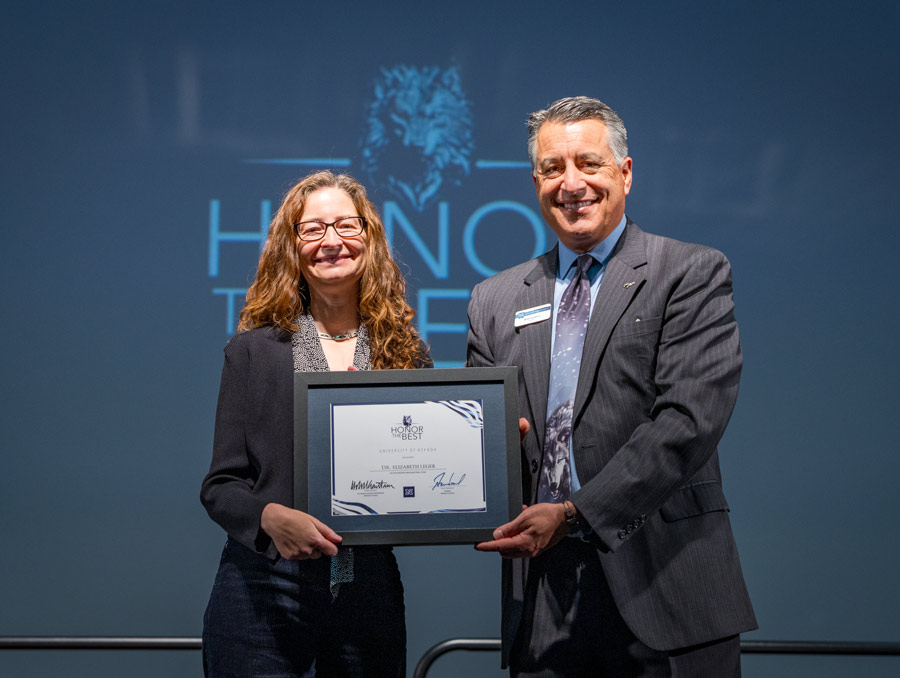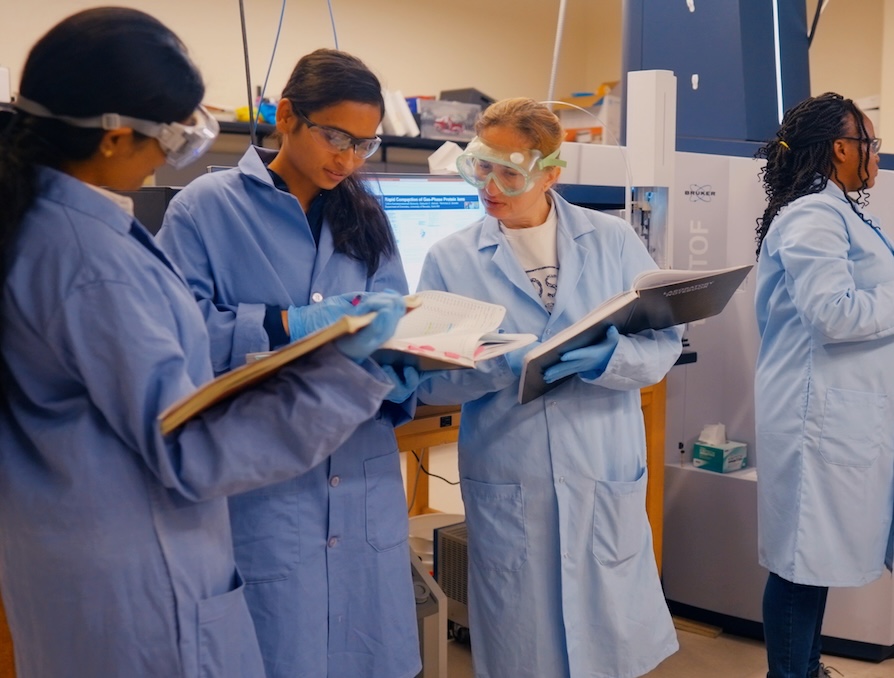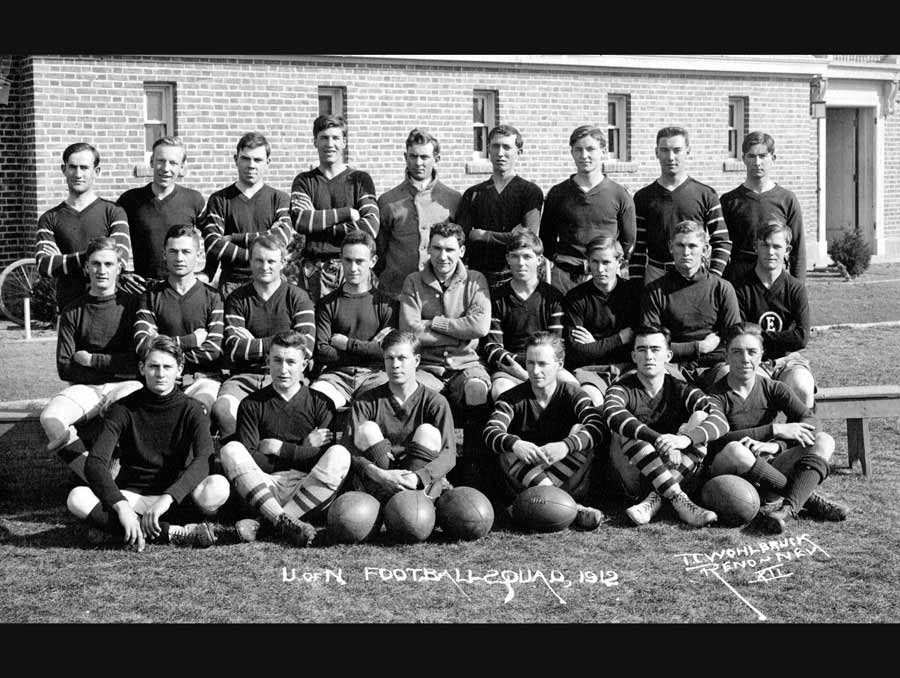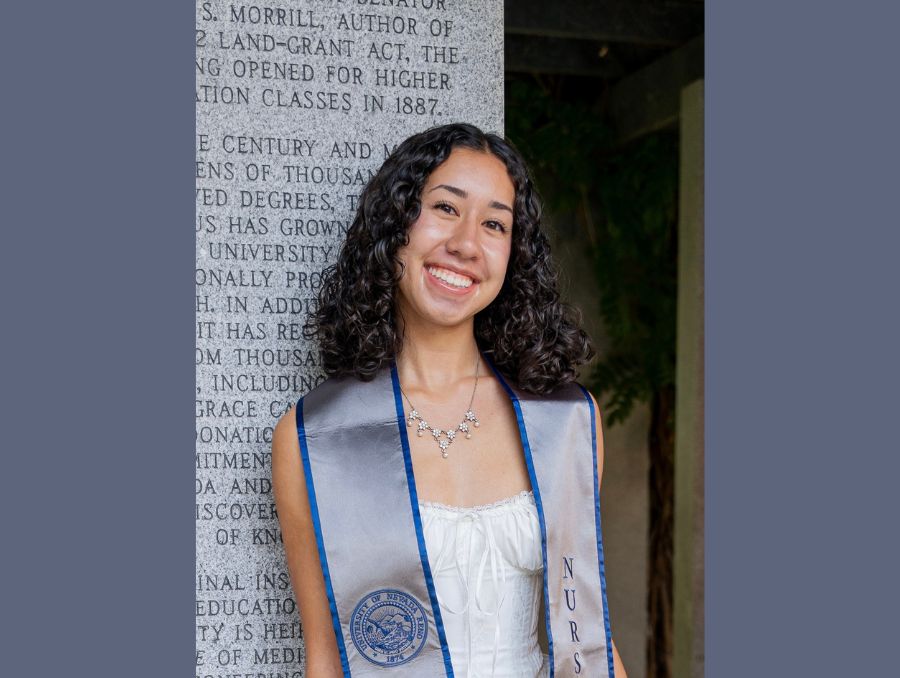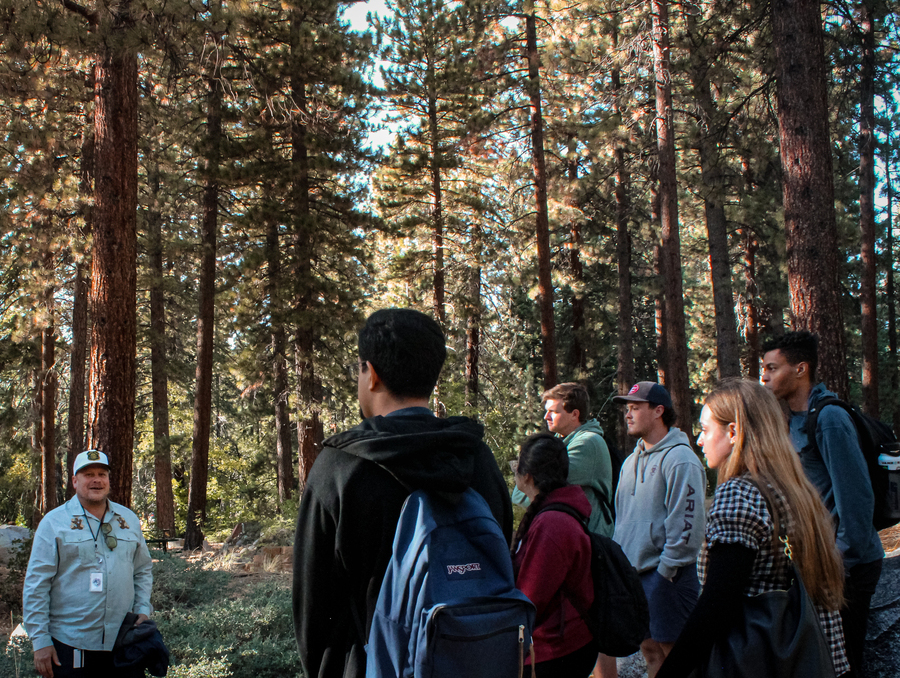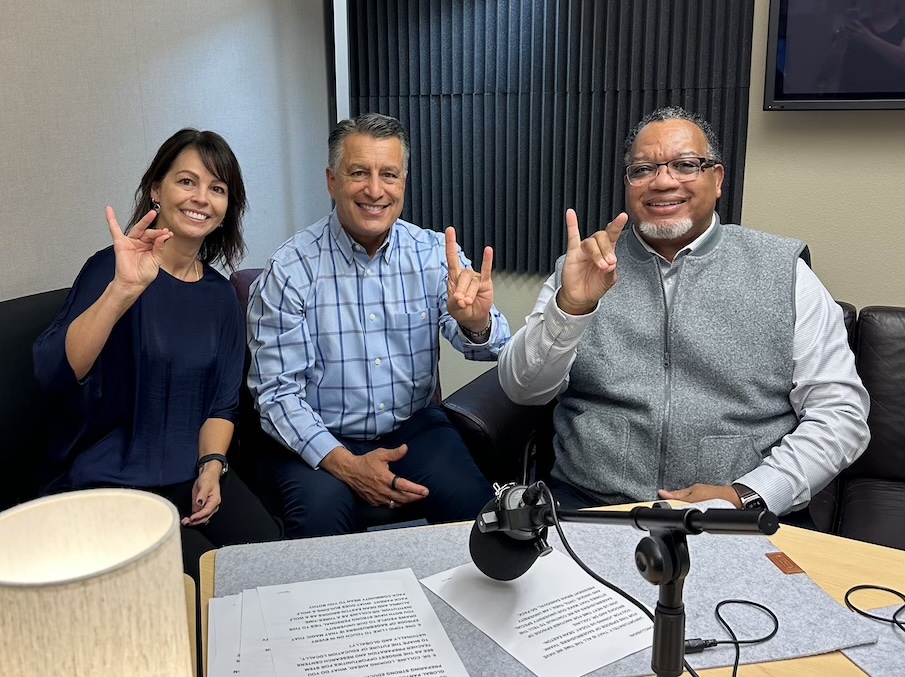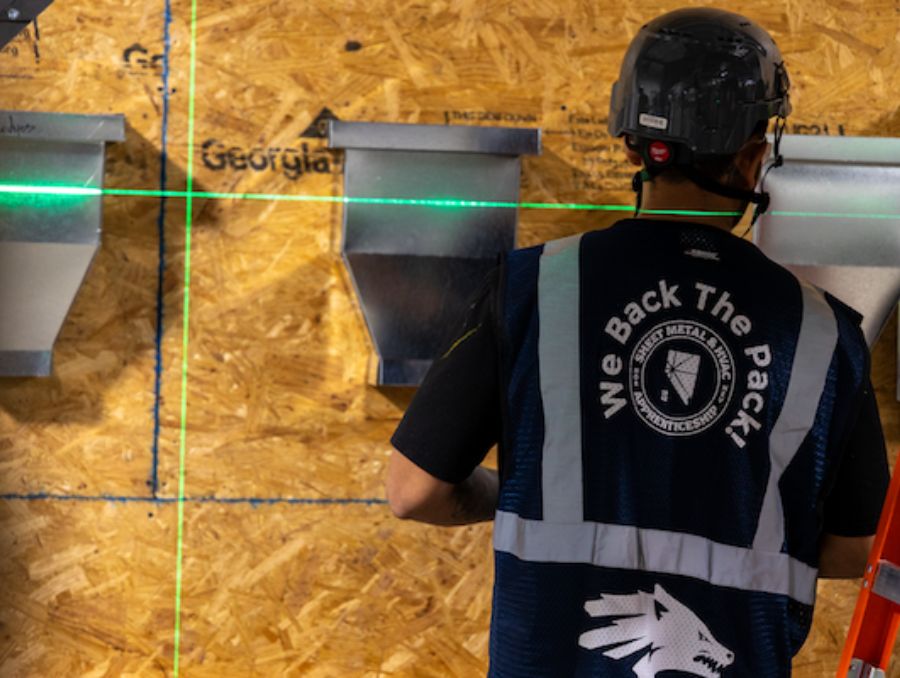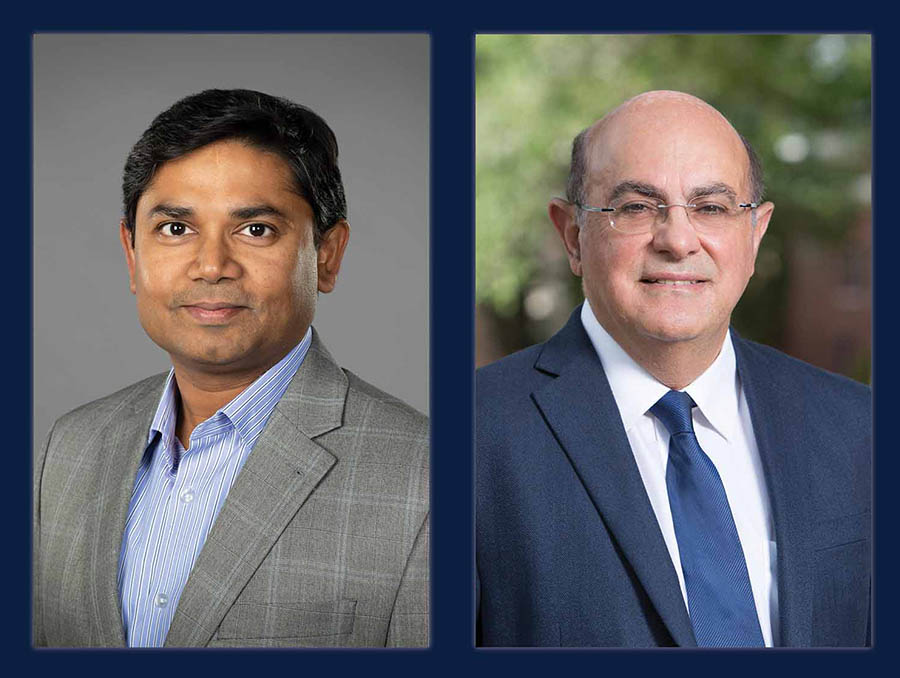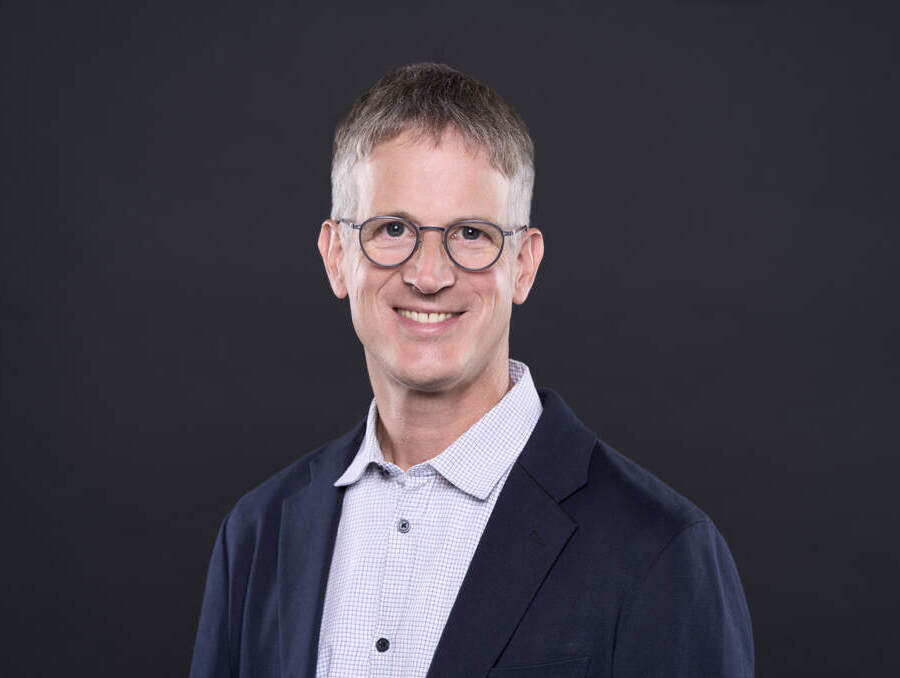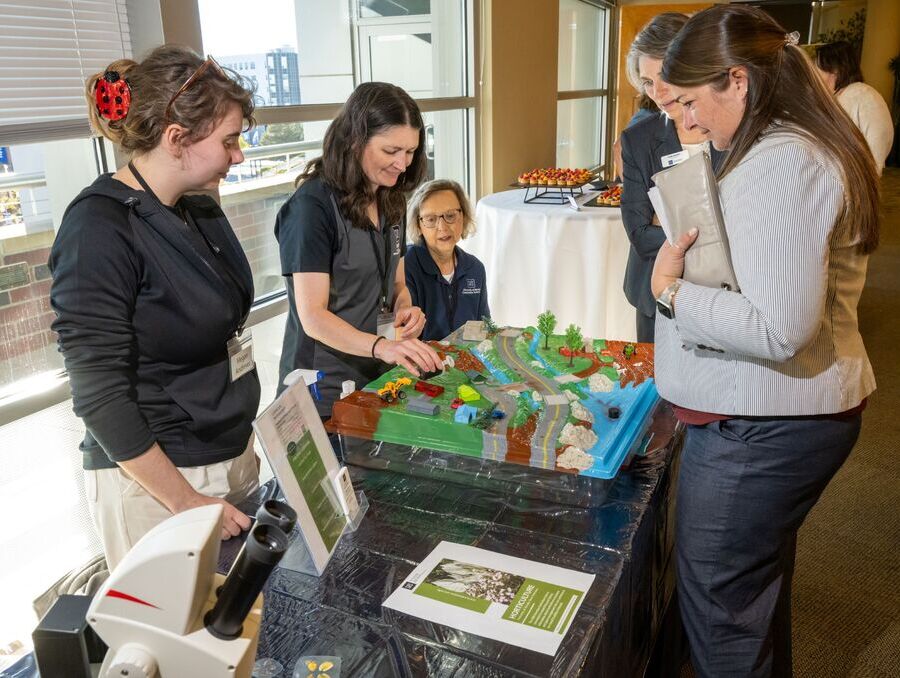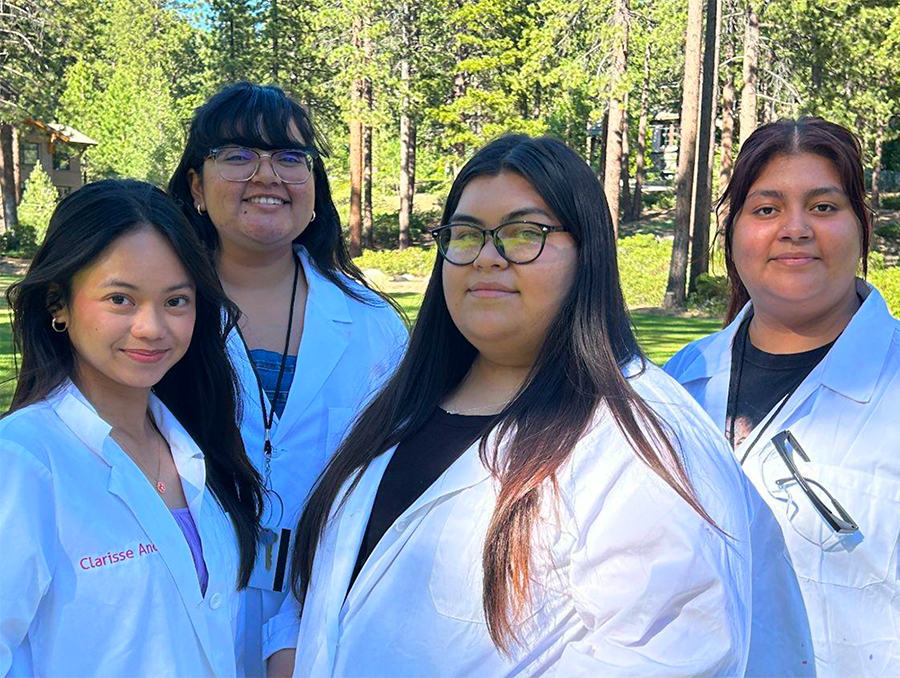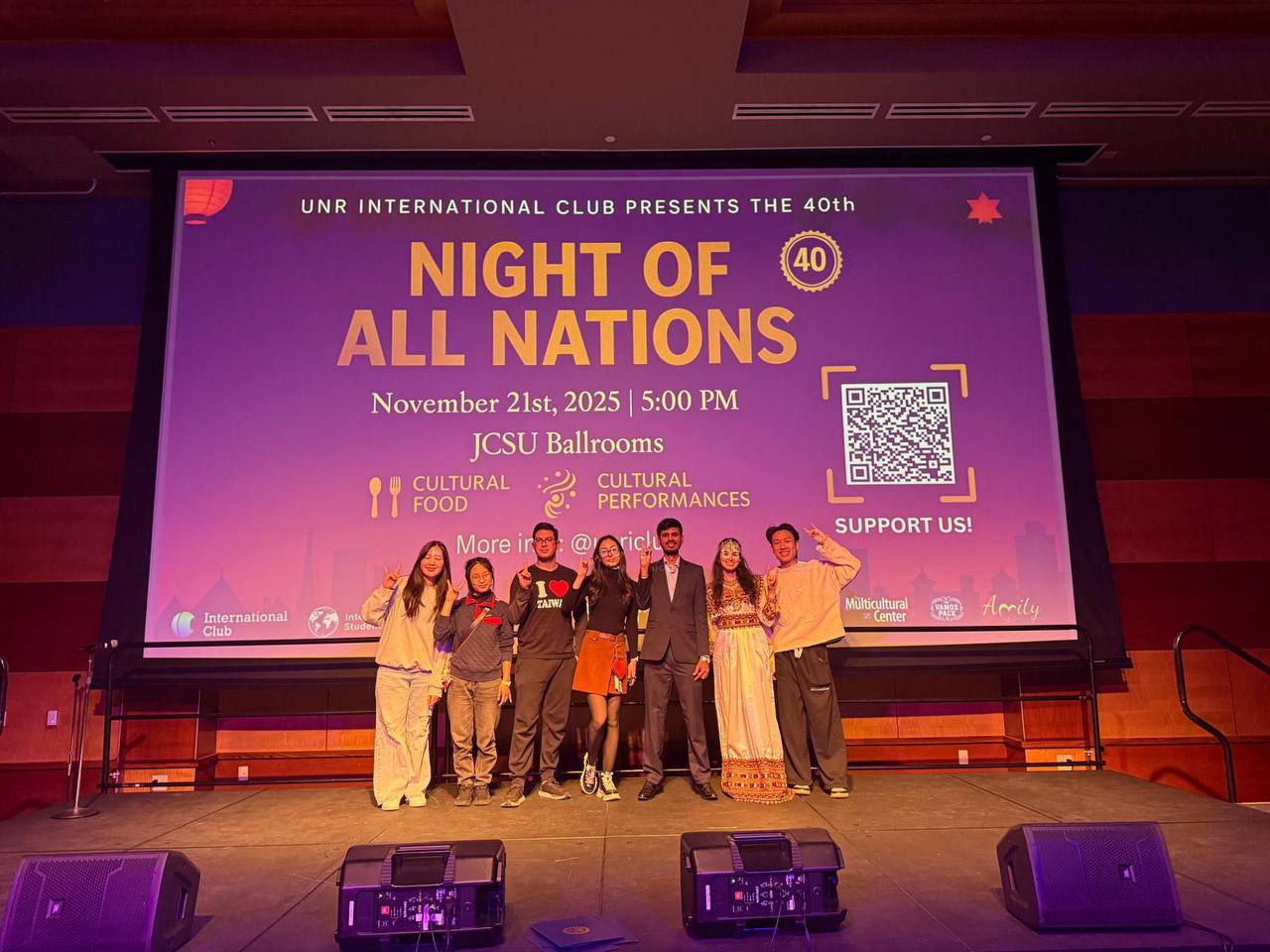Director of the Museum of Natural History and Foundation Professor in the Department of Biology Elizabeth Leger was named the Outstanding Researcher in STEM at the University in 2025. To her colleagues, including department chair Anne Leonard, this came as no surprise.
"Nevada has a way of telling you what it needs, and you just need to listen and step up." - Leger
“Dr. Leger’s record of research excellence is truly exceptional,” Leonard said. “Throughout her career, she has exhibited a remarkable commitment to advancing knowledge in the field of native plant ecology, restoration and conservation in the Great Basin and beyond.”
The award given by Research & Innovation comes with $5,000 to support continued research excellence. Leger, who helped start the Museum of Natural History at the University, was named a Foundation Professor in 2021. Below, Leger shares some insights into her stellar career.
You've worked at the University of Nevada, Reno for 19 years. How have your research interests evolved over the years?
I have always studied plants, and I have always been interested in doing science with real-world applications, but my work has become even more applied over time. I also used to spend a lot of time trying to understand major weeds like cheatgrass, and then one day I realized that cheatgrass gets too much of my time and I switched to mostly studying native plants. They are much harder to grow, and it takes more patience, but getting them to grow is much more rewarding!
Your work at the University has resulted in the creation of the Museum of Natural History and the Nevada Native Seed Bank. How have you linked your research to such valuable outreach and community service activities? How have those experiences informed your research interests?
Both of those things happened in very organic ways. Like, I didn't come to the University planning to build a museum. But Nevada has a way of telling you what it needs, and you just need to listen and step up. I became involved with the museum collections in 2008, during the last major economic downturn, which resulted in people losing their jobs and the collection becoming orphaned. Over time, more responsibility came to myself and my collaborator Chris Feldman, and creating the museum was a natural outcome of that. It has been great. I would say the same with the seed bank! We started out needing these seed cleaning and storage services, and then realized well, if we wanted them, we were going to probably have to build it ourselves. It has been very fun and I hope that both the Museum of Natural History and the seed bank continue well beyond my time at the University!
Your work has vastly increased the collective knowledge of native plant ecology in the Great Basin. What made you want to study this region?
My husband Matt Forister and I did our Ph.Ds. at UC Davis. My first visits to the Great Basin were during that time, when we did a road trip through northern Nevada looking for some butterflies that have been collected in Denio in the 1970s. We had so much fun driving Nevada's wild roads, and it was so different from California. We both fell in love with the desert. When this job for me came open at the University, we were living in New York but new knew that we had to jump at it! Fascinatingly, the butterfly that we found back on that trip is now quite rare and hard to find, which was not the case back in the early 2000s. So, we are unfortunately witnessing a lot of change in the Great Basin, even over the course of our short time here.
How do you find time to mentor and advise your graduate students outside of the work you do as a professor and museum director?
It is a lot easier now that my daughter is off at college herself! I have a lot of energy to take care of people, and it has to go somewhere now that she's gone. I tell my friends who have younger children to just hang on, it will get easier.
You've earned both teaching and research awards in the past. What is the key to balancing those responsibilities?
I love this question. Especially because I am teaching a new undergraduate class this semester, and it is all consuming, in a good way. I am learning so much myself as I put it together, and every day I go to class I'm excited to tell my students this fascinating new information. I integrate research questions and methods into class as much as possible, to hopefully inspire students to continue learning and researching plants. Doing a good job teaching is so important to me, as I know that good professors can change the entire course of people's lives. That 100% happened to me when I was in college, and I try to be the same influence for my students!
What does this award mean to you?
I really appreciate this award, especially because a lot of the work I have done at the University is not perhaps on your classic academic path. Building museums and seed banks takes time, money, and effort, and that work does not result in research papers, which are a very standard metric of success in academia. We do that too of course, but I appreciate the recognition for these other aspects of my time at the University. The museum and the seed bank support science and research broadly at the University, way beyond myself and my lab, leading to research impacts that are not measurable by your standard metrics for individual scientists. I'd like to think people noticed and appreciated that!
What current/upcoming research projects of yours are you most excited about?
That is a hard question at this time. We have so much uncertainty about which of our projects are moving forward and which might be stopped. I have projects I have been working towards for years, just to have the potential funding programs at the USDA pulled down for review, and who knows if they are going to come back. I guess if federal research funding slows down, we will all have to do much more local work. I'm not afraid of that, I have a lot of ideas that have been waiting in the wings and we are surrounded by amazing plants and wild places in Reno, but the scope and scale of our science might have to get smaller for a while.
